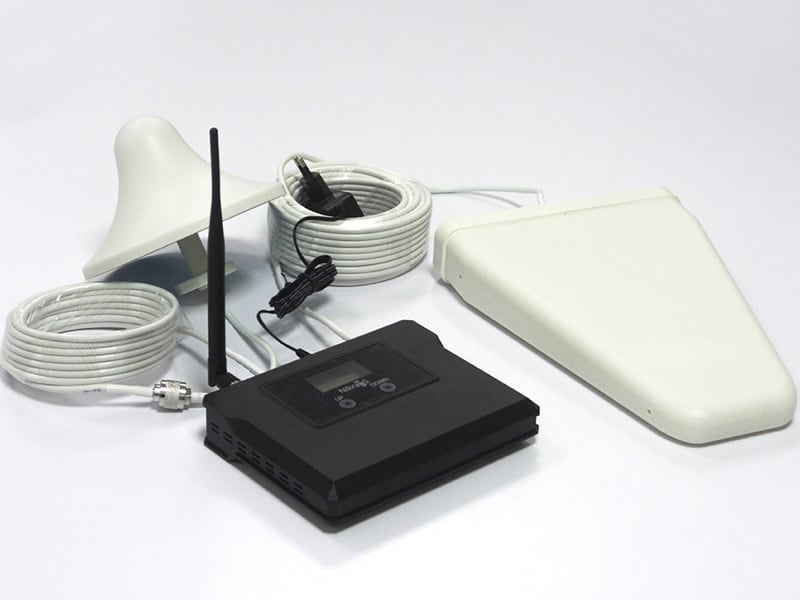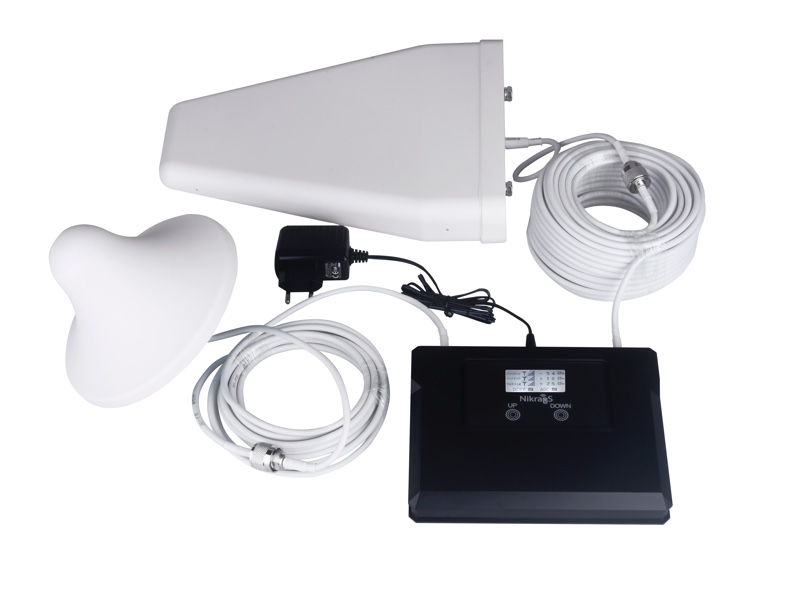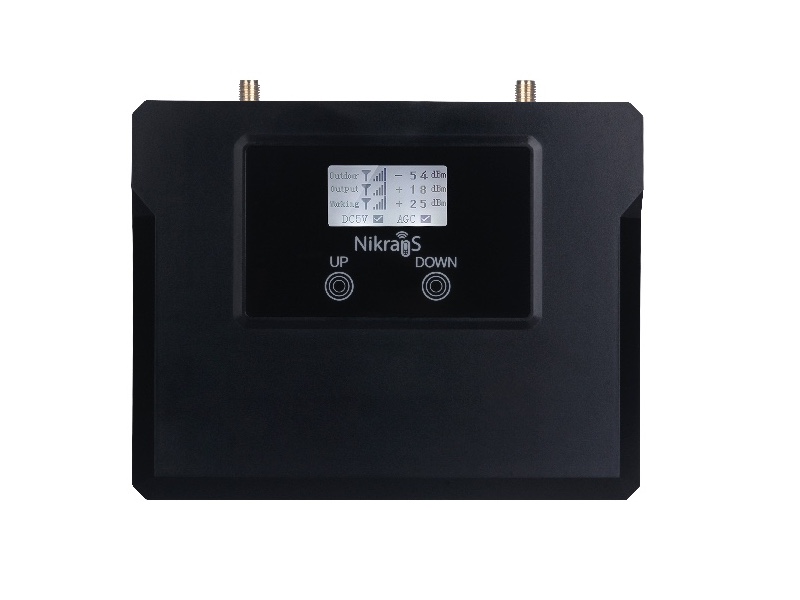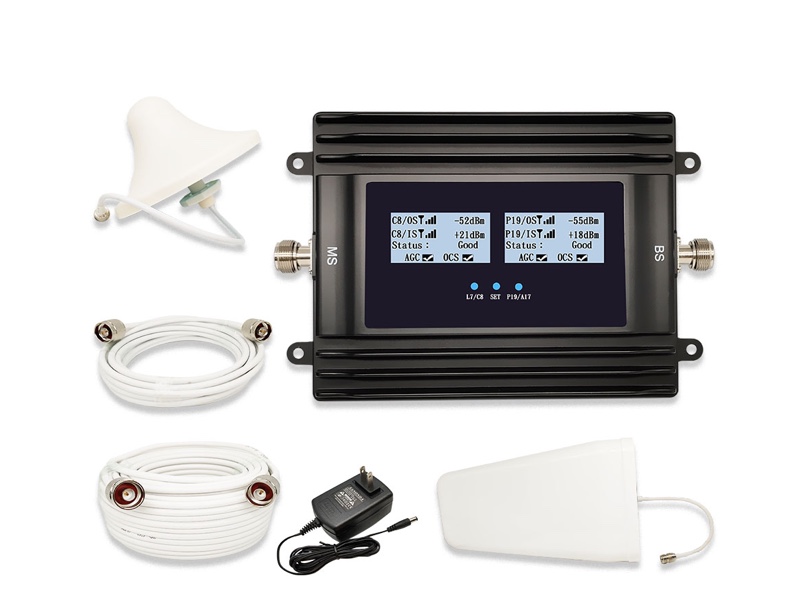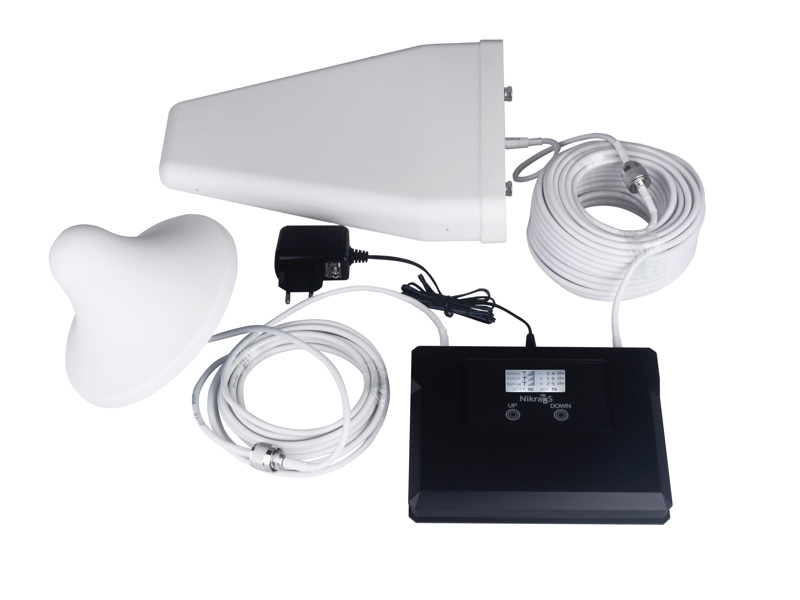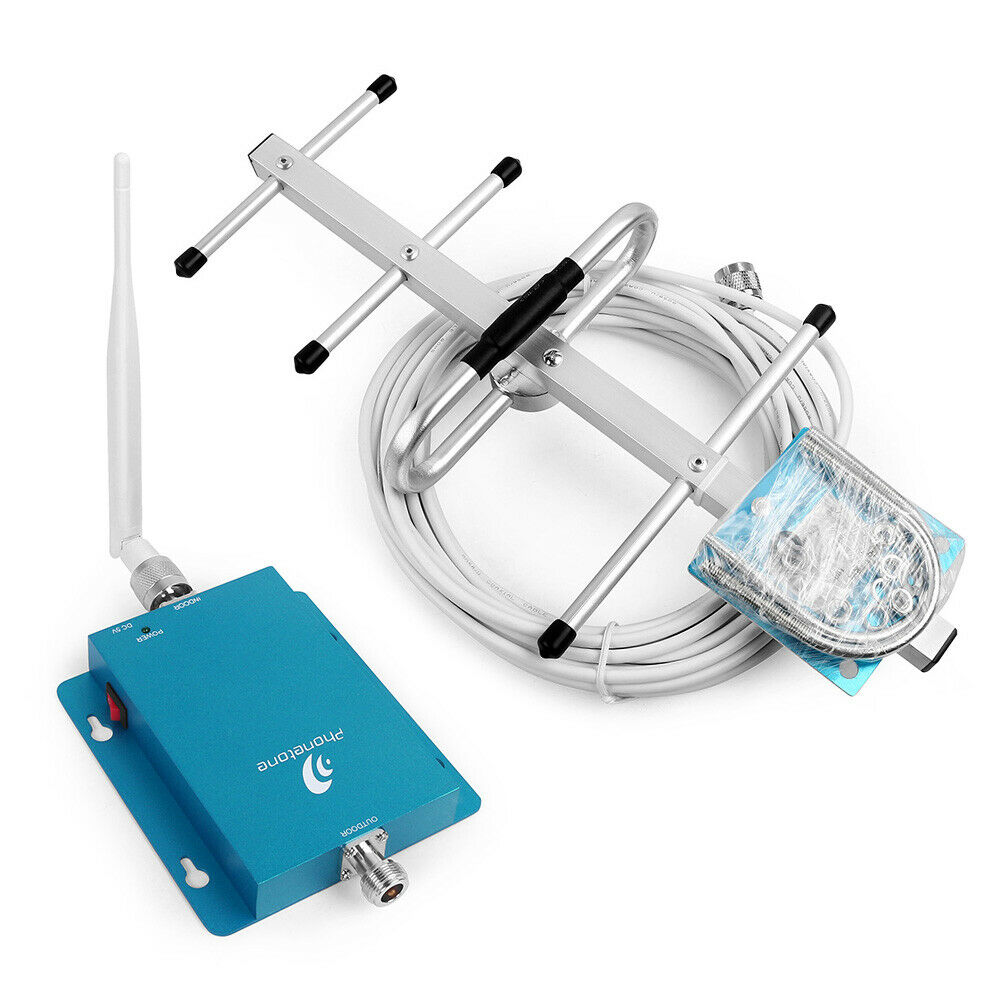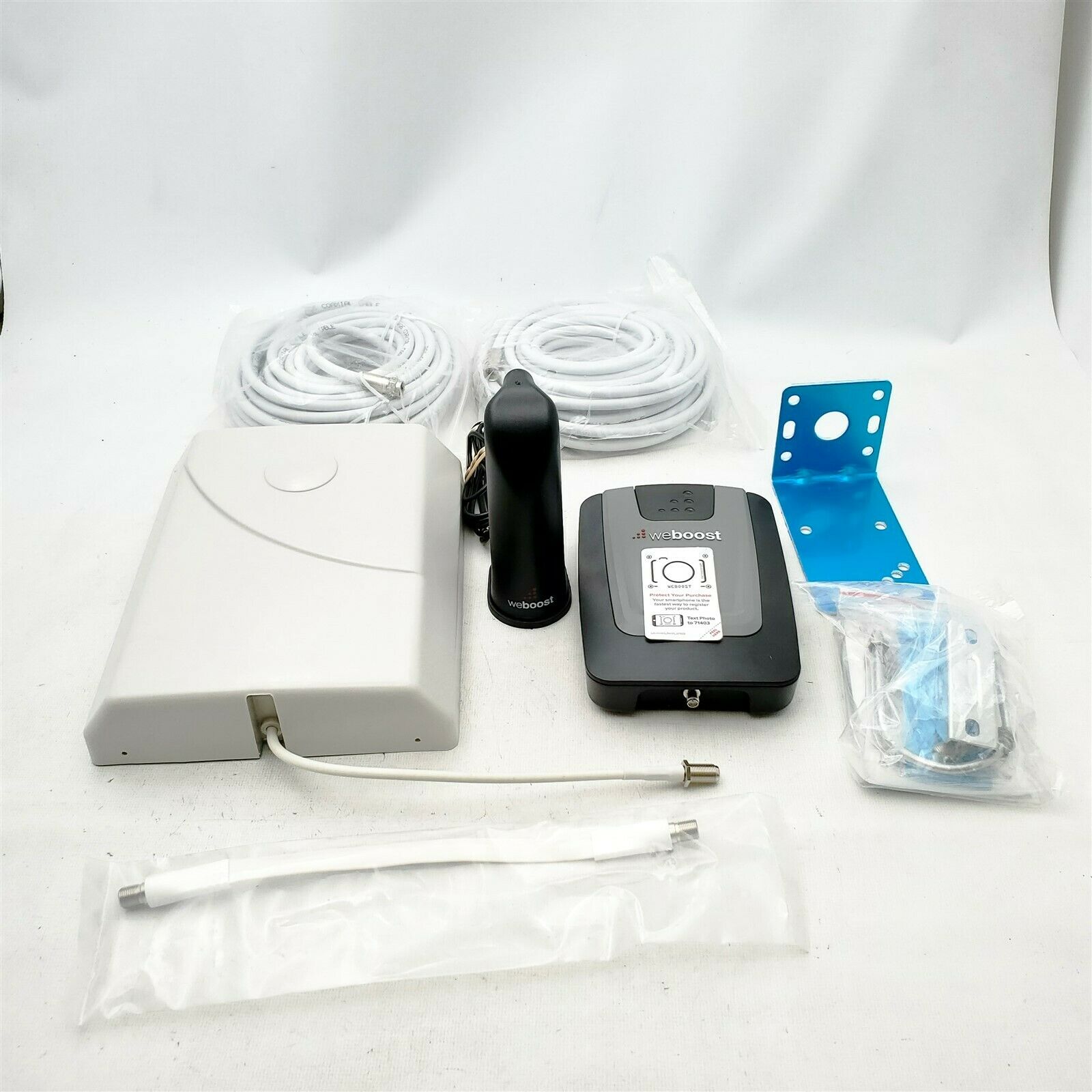Reliable 10 of 4G GSM Signal Boosters
Based on Nearly 6890 Reviews of GSM 3G Signal Boosters
5/5 - 252 Reviews
4.9/5 - 283 Reviews
4.9/5 - 209 Reviews
4.9/5 - 144 Reviews
4.8/5 - 243 Reviews
4.7/5 - 110 Reviews
4.6/5 - 87 Reviews
4.6/5 - 66 Reviews
4.3/5 - 40 Reviews
4.1/5 - 3 Reviews
Compatible with all US Mobile Network Operators


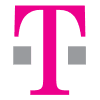




















What is a cell signal booster and who needs it?
A cell phone signal booster that can be also known as a repeater or an amplifier is a special device intended for solving different types of problems with mobile communication caused by poor signal coverage.
There is a wide range of boosters that can make your voice services and mobile internet significantly better even if the nearest cell tower is located far away from your place.
Different models work at different frequency bands used by operators in the US which explains why some boosters improve only GSM or 4G signal, while others are able to deal with all the possible issues at the same time.
A cell signal booster does not produce a new signal, it works with the signal that is transmitted by your carrier. But antennas of signal repeaters are much more sensitive than those of smartphones. As a result, top-notch 4G, 3G, GSM boosters are able to catch the signal even in those cases when your smartphone simply can’t receive it.
To better understand how boosters work, we should have a closer look at their configuration.
Booster kit: How it functions
If you buy a good booster on a reliable website, you always get a full kit. It means that unless your building has any peculiarities, you do not need to buy any additional items for your device.
Usually, there are three main parts:
- A booster box
- An outdoor antenna
- An indoor antenna (some models have 2 or 3 antennas of this type to ensure better coverage in all the rooms)
The elements should be connected with coaxial cables. But do not worry. They are also included in a standard kit. Please be very attentive! All the elements should be installed at appropriate places to ensure the best efficiency of the device.
The working principle of a repeater is not very difficult to understand. The external antenna is responsible for catching the signal originally provided by a cell tower of your carrier. Then it sends the signal to the booster box via the cable. After the signal is improved, via another cable it goes to the indoor antenna which will transmit the signal within the entire coverage area of the amplifier.
Let’s choose the best booster for your place
There are a couple of parameters that you should focus on while making your choice.
Area that should be covered with a signal
Each device has its coverage area within which it is able to spread the improved signal. If you buy a cell signal booster with a small coverage area and install it in a huge office building, it is impossible to expect that your colleagues in all the rooms will be able to enjoy the improved connection.
That’s why mind the area size of your location!
Signal(s) that should be improved
It has been already noted that different operators work at different frequency bands. In the US the major U.S. operators — AT&T, T-Mobile, and Verizon. AT&T employs bands like 850 MHz for 2G, 3G, and select 4G, while T-Mobile relies on 600 MHz for extended rural coverage and 700 MHz for 4G and 5G. Verizon utilizes 700 MHz for widespread 4G, 850 MHz for 2G and some 3G, and 1700/2100 MHz for 4G.
Do not forget that a booster is able to amplify only those signals that are transmitted at the same frequency bands that it is compatible with. That’s why first of all, you should clearly understand what signals you need to stabilize.
Location of your house or office
To maximize the efficiency of your booster, it is also recommended to take into account the peculiarities of your building and its geographical location.
Outdoor antennas can be directional and omnidirectional. The first one will be a perfect solution for those buildings that are located in remote areas, so you will be able to direct it to the side where the nearest cell tower is. If you need to install a booster somewhere in the city where there are a lot of cell towers nearby, an omnidirectional antenna will be more suitable.
As for indoor antennas, a dome type that should be fixed on the ceiling is better for small apartments and studios. A panel indoor antenna will be a more appropriate type for buildings with many rooms.
Please, bear these parameters in mind to make sure that you will choose the model that will be the best of the best for you!
